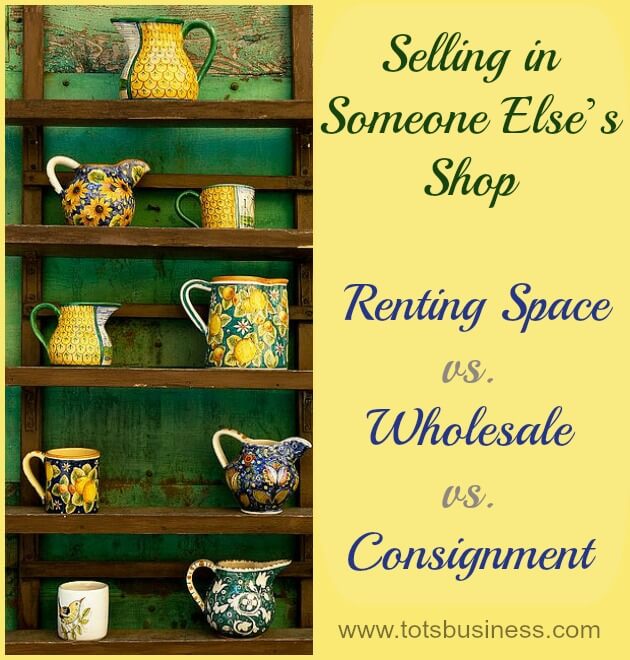
Sales Stats of an Ecommerce Website
Are you looking to start an online business but don’t know where to begin?
Did you know that e-commerce revenue in the US alone is projected to surpass $1.3 trillion in the next three years?
With over 2 billion digital buyers worldwide, it’s no surprise that ecommerce businesses continue to gain momentum over physical store.
By establishing ecommerce businesses, you can get a piece of that pie and create a profitable online business.
But, how do you get started?
With so many eCommerce hosting solutions and online store builders available, it can be overwhelming to choose the right one for you.
That’s where we come in. In this guide, we’ll show you step-by-step how to design your very own eCommerce website.
So, if you’re ready to take the leap and build an online business, let’s get started!
Table of Contents
10 Step to Building Your Ecommerce Business Website
If you’re ready to start selling your products or services online, building an ecommerce business website is a must. Here’s a step-by-step guide to get started:
Choose Your online stores Website Builder
The first step to building your online store is to choose the right website builder. You can choose from a range of options depending on your budget and skill level.
Some of the most popular online stores website builders include Shopify, Square Online, and BigCommerce.
If you primarily offer services, then website builders like Wix and Squarespace may be a better fit.
Consider Hiring a Web Developer
If you’re feeling overwhelmed with the process to start an ecommerce business, you can consider hiring a web developer to help you out.
Most online stores builders have options to hire experts to establish and design your website for you.
You can also hire an independent web developer who is skilled with the website builder you have chosen.
Register Your Domain and Choose a Hosting Service
nce you have your website builder and web developer in place, it’s time to register your domain and choose a hosting service like Magento web hosting.
Your domain is the website address that customers will use to find you online, and hosting is the server space where your website will reside.
Many e-commerce website builders offer domain registration and hosting services, but you can also choose separate providers like GoDaddy or Bluehost.
Design Your Ecommerce Store
Now it’s time to design your website.
Most ecommerce store builders offer a range of templates and themes that you can use to build your online store, but you may also be able to find Shopify Themes created by those outside of the platform that could be a good fit for your store and the branding.
You can customize each page with drag-and-drop tools to add modules and features like product listings, “About Us” pages, and customer service pages.
List Your Products and Services
Once your website is designed, it’s time to list your products and services.
This includes adding product photos, descriptions, options like color and size, SKUs, pricing, and inventory. If you offer services, your website should also include a calendar that customers can use to book appointments.
Set up Payment Processing and Tax Collection
Payment processing and tax collection will vary depending on the e-commerce website builder you choose.
Some platforms like Shopify and Square Online have built-in payment processing, while others require you to choose a separate online payments processor.
Look for a provider that fits your business and pricing structure.
Figure Out How You’ll Ship Products
Shipping is another important aspect of your e-commerce website. Some website builders offer built-in shipping solutions, including shipping label printing and in-store pickup.
You can also set up shipping rates based on order totals or offer free shipping for select orders.
Integrate With Other Online Marketplaces
If you want to list your products on other e-commerce websites like Amazon or Instagram, you can integrate your website builder with those platforms. Some website builders offer direct integrations, while others require the use of third-party apps.
Set up Email Marketing and Social Media Profiles
Email marketing and social media profiles are crucial for communicating with customers and promoting your products.
Many e-commerce website builders offer built-in marketing tools like email lists and social media promotions.
Test and Launch Your E-commerce Website
The final step is to test your website by processing a few test orders. This will help you work out any bugs or issues before launching your website.
Once everything is working properly, you’re ready to launch your e-commerce website and start selling your products or services online.
By following these steps, you can build an e-commerce website that is tailored to your business and meets the needs of your customers.
Conclusion
Building ecommerce businesses can be a challenging but rewarding process.
By following the steps outlined in this guide, you can create website for your online businesses website that showcases your products or services and provides an easy way for customers to make purchases.
However, building a website is just the first step in starting an ecommerce business. It’s important to have a solid business plan in place, including marketing strategies, customer service policies, and financial goals.
With dedication, hard work, and attention to detail, you can build a successful e-commerce business that serves your customers and grows over time.







